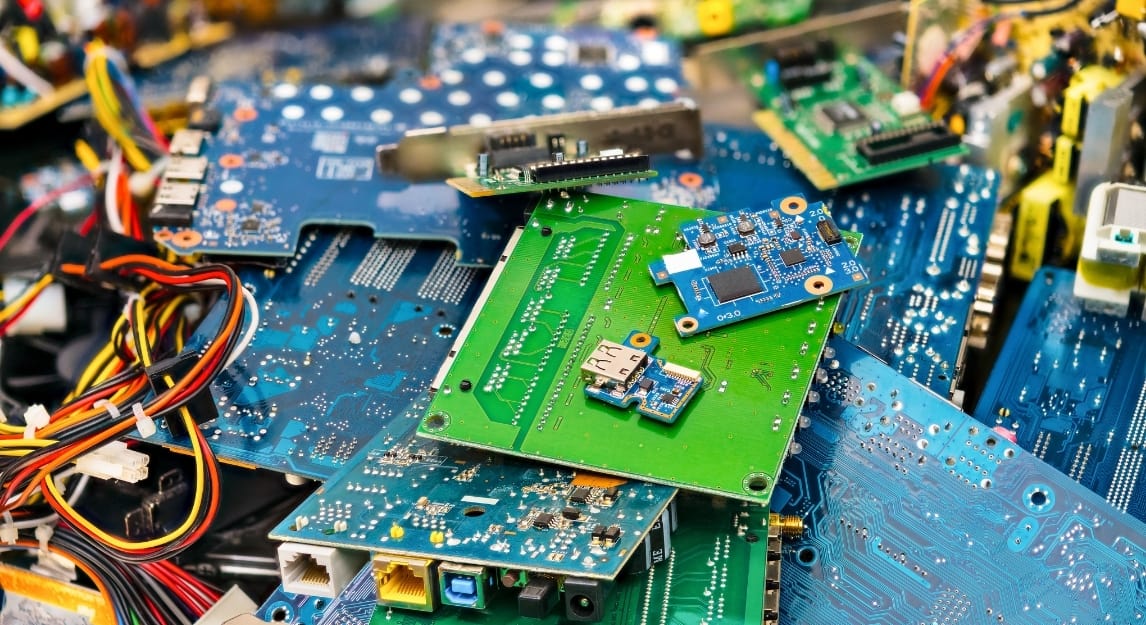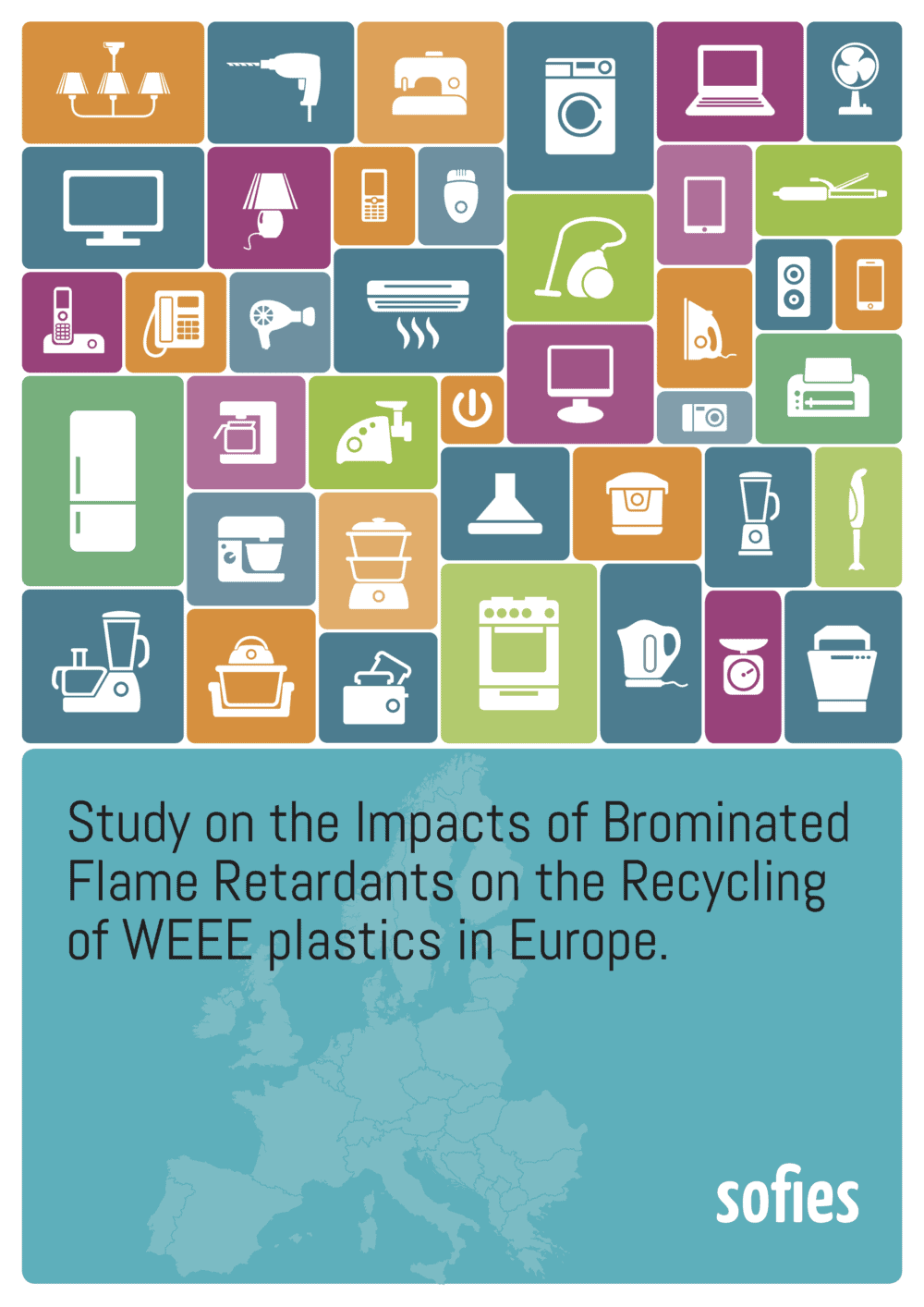
10 Dec Understanding the impact of Brominated Flame Retardants on the recyclability of Waste Electrical & Electronic Equipment
 On November 18, 2020, the International Bromine Council (BSEF) organised a webinar on the recyclability of Waste Electrical & Electronic Equipment (WEEE) plastics in the context of the EU Circular Economy Action Plan. This launched a Sofies’s publication of an independent study entitled “Impacts of Brominated Flame Retardants (BFRs) on the recycling of WEEE plastics.”
On November 18, 2020, the International Bromine Council (BSEF) organised a webinar on the recyclability of Waste Electrical & Electronic Equipment (WEEE) plastics in the context of the EU Circular Economy Action Plan. This launched a Sofies’s publication of an independent study entitled “Impacts of Brominated Flame Retardants (BFRs) on the recycling of WEEE plastics.”
Arthur Haarman from Sofies highlighted that of the estimated one million tons of WEEE plastics sent to recycling facilities, 55% is effectively recycled. However, the recycling yield is not impinged by the presence of BFRs, since such facilities manage to create a high-density fraction containing more than 95% of the original BFRs content.
This means that simply switching from Brominated to other Flame Retardants would not necessarily improve WEEE plastics recycling. On the contrary, some alternative FRs might create bigger obstacles to circularity by lowering yields and the quality of recovered plastics.
The Sofies study and its results were warmly welcomed by Chris Slijkhuis, General Manager of MGG Polymers and board member of the European Electronics Recyclers Association (EERA). He provided a broad overview of the trends and challenges for E‐Waste plastics recycling. He also emphasized that electronic waste plastic represents a growing supply of plastic, comparable to virgin plastics in terms of quality and price stability, while using less than 10% of the energy and saving about 3-5 tons of CO2/ton PCR.
This discussion also highlighted that despite the many benefits of WEEE plastics recycling, multiple regulatory and market challenges negatively affect its uptake. From a regulatory perspective, fluctuating thresholds as well as overlapping and sometimes contradicting products and waste legislation were identified as the main obstacles for the recycling industry.
Webinar participants mentioned additional market-related hurdles. The fact that WEEE plastics cannot move freely in Europe and that plastics containing BFRs cannot be imported from France, UK, and parts of Germany, there are fewer recycling opportunities and less willingness to invest and develop further capacities.
Maria Banti, Policy Officer at the European Commission Directorate General for Environment, also stressed the need to improve the market for secondary raw materials and prevent shipment to third countries of valuable materials, like WEEE plastics. In this regard, the Chemicals Strategy for Sustainability and the review of rules of waste shipments will set the stepping stones.
WEEE plastics recycling in the circular economy is not just a matter of small talks in sophisticated policy circles around Brussels. Increasing recycling yields while ensuring safe waste streams will not only benefit the environment reducing plastic waste and emissions. The overall economy will gain by ensuring the uptake of valuable secondary raw materials, which are otherwise waste.
In case you missed the webinar, you can watch the full recording here.




No Comments